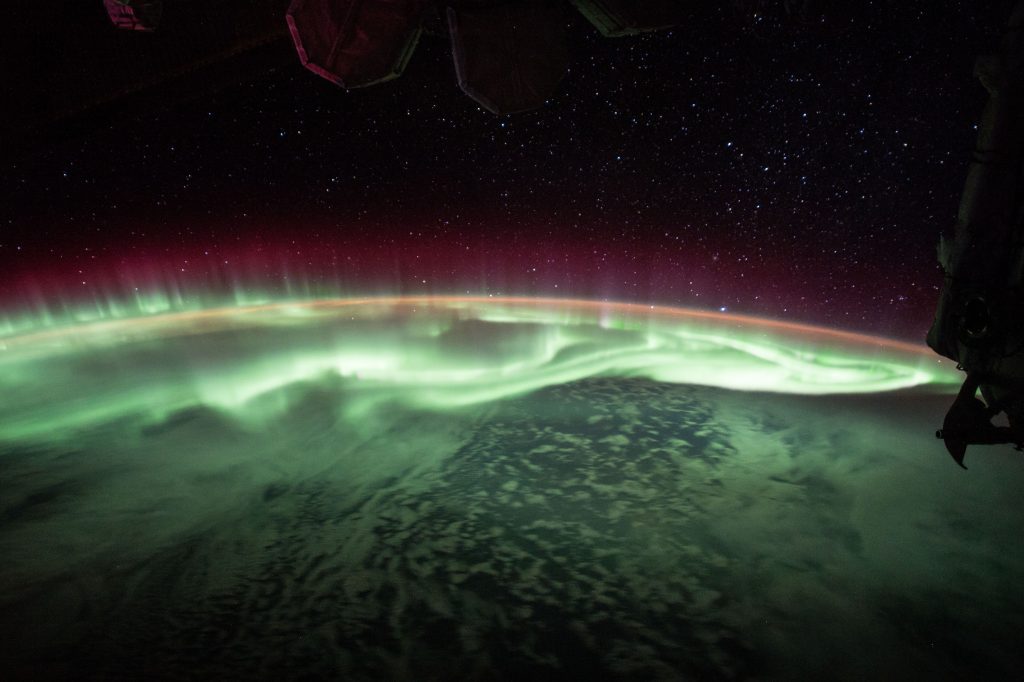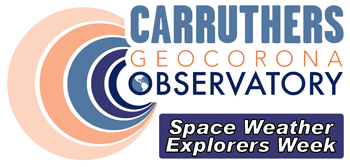Registering to use Space Weather Explorers Week is not mandatory, but it helps us understand who uses our site and to make future improvements!
Space weather explorers week
The Sun is over a million times bigger than the Earth! But it is so far from our planet that it looks small in the sky. Even at that great distance, the Sun influences us in myriad ways. Space Weather Explorers Week is a collection of lessons and activities about the Sun-Earth connection. Several times each year you can interact with NASA scientists and ask them questions. Our next 2025 live week will be April 21 – 25. Ask questions of scientists on Discord.
Lessons
Enjoyable lessons to prepare you for Space Weather Explorers Week.
Discussion
Join our live discussion on Discord and learn more about Earth & space science and the Carruthers Geocorona Observatory!
Activities
Have fun doing activities that can be adapted for classrooms, museums and science centers or after-school programs.
Puzzles
Word search, crosswords puzzles and more!
Join our live discussion on Discord and learn more about Space Weather and the Carruthers Geocorona Observatory! Scientists will be happy to answer any questions you have about the observatory’s mission, research interests, and ongoing projects. Engage with fellow enthusiasts in a dynamic conversation and bring your curiosity! See you there.
Featured Scientist: Dr. Lisa Upton
The story of Carruthers Geocorona Observatory
The outermost layer of Earth’s atmosphere is called its exosphere, or sometimes the geocorona. So far, there have only ever been four images taken of the exosphere. The first image was from a telescope placed on the Moon during the Apollo 16 mission in 1972. The telescope was built by Dr. George Carruthers to observe Earth in ultraviolet light. As part of NASA’s efforts to better understand the Earth, its space environment and its interactions with the Sun, a new mission is under development. Set for launch into space in 2025, the Carruthers Geocorona Observatory will study Earth’s exosphere and how it changes over time.

